By Michael Wilmington and Film Noir Blonde
The Noir File is FNB’s guide to classic film noir, neo-noir and pre-noir on cable TV. All movies below are from the schedule of Turner Classic Movies (TCM), which broadcasts them uncut and uninterrupted. The times are Eastern Standard and (Pacific Standard).
PICK OF THE WEEK
“They Live by Night” (1949, Nicholas Ray). Wednesday, Dec. 5, 10:30 a.m. (7:30 a.m.). “Gentle” and “romantic” might seem odd words to apply to film noir. But Nicholas Ray’s “They Live By Night” is one of the gentlest, saddest and most romantic of all noirs, and an inarguable classic as well. It’s the familiar but potent story of two naïve young outlaw lovers-on-the-run: Bowie, a kid with a gun and Keechie, a girl with a heart to be broken (played by Farley Granger and Cathy O’Donnell, an unusually beautiful young movie couple). Bowie and Keechie are two nice, ordinary kids who‘ve fallen in with the crookedly paternal T-Dub (Jay C. Flippen) and his violent partner Chickamaw (Howard Da Silva) to form a gang of traveling thieves.
Ray was a famous American film outlaw romantic. He and producer John Houseman and screenwriter Charles Schnee derived their legendary gangster love story from Edward Anderson’s harder-bitten Depression novel “Thieves Like Us.” Robert Altman later remade “They Live By Night,” in 1974, under its original title, with Keith Carradine and Shelley Duvall as Bowie and Keechie (and Louise Fletcher as the two-faced Mattie). That was one of his neo-noir ’70s gems, but “They Live By Night” – often cited, with “Gun Crazy,” as a direct precursor of “Bonnie and Clyde” – has a tenderness and poetic quality that are unique for the crime movie genre. And never more so than in the remarkable nocturnal wedding-on-the-run of Bowie and Keechie, with Ian Wolfe as the wily justice of the peace reeling off a ceremony, paid witnesses, and the sense of a disappointed but wildly loving heart beating beneath it all.
Tuesday, Dec. 4
4 a.m. (1 a.m.):“Night and the City” (1950, Jules Dassin). Crooked fight promoter Harry Fabian (Richard Widmark) tries to outrace the night. One of the all-time best film noirs, from Gerald Kersh’s London novel. With Gene Tierney, Herbert Lom and Googie Withers.
Wednesday, Dec. 5
12:15 p.m. (9:15 a.m.): “Gun Crazy” (1949, Joseph H. Lewis).
Thursday, Dec. 6
8 p.m. (5 p.m.): “Casablanca” (1942, Michael Curtiz).
10 p.m. (7 p.m.): “The Third Man” (1949, Carol Reed).
Saturday, Dec. 8
10 p.m. (7 p.m.): “Autumn Leaves” (1956, Robert Aldrich). Cougar Joan Crawford falls for an unstable younger man (Cliff Robertson); co-starring Vera Miles.
Sunday, Dec. 9
3 p.m. (12 p.m.): “Harper” (1966, Jack Smight). Paul Newman, at his most attractively laid-back, plays one of detective literature’s most celebrated private eyes, Ross MacDonald’s Lew Archer, in this brainy thriller based on MacDonald’s novel “The Moving Target.” One catch: Archer has been renamed “Lew Harper,” so Newman could have (he hoped) another hit movie with an “H” title, like “The Hustler” and “Hud.” He got one. The stellar cast includes Lauren Bacall, Janet Leigh, Julie Harris, Shelley Winters, Robert Wagner, Arthur Hill, Robert Webber and Strother Martin. Scripted by William Goldman.
5:15 p.m. (2:15 p.m.): “Anatomy of a Murder” (1959, Otto Preminger).
10 p.m. (7 p.m.): “Lady in the Lake” (1947, Robert Montgomery).
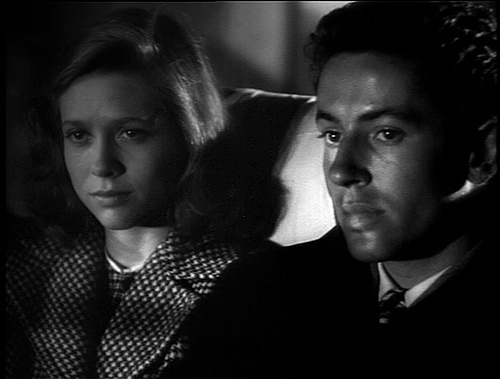





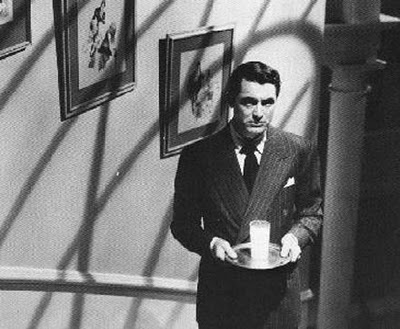
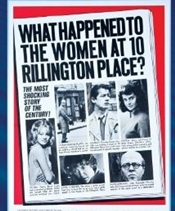
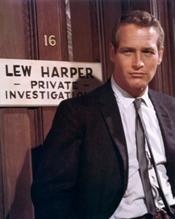


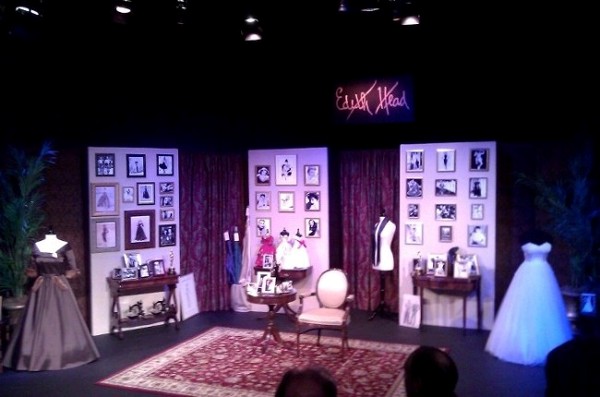
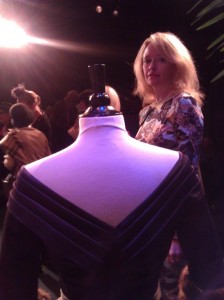
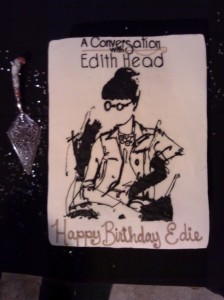
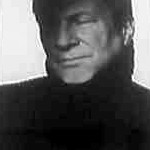
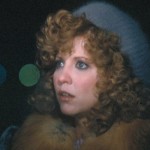





From FNB readers